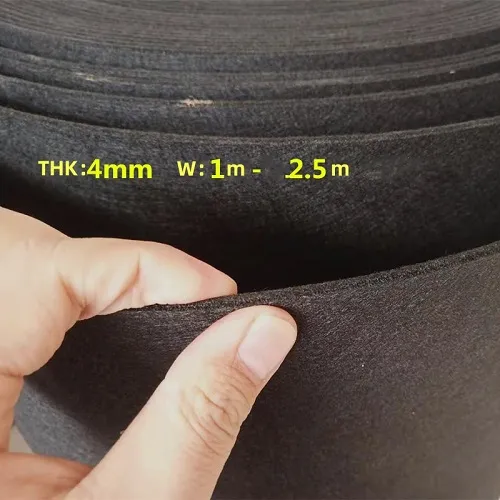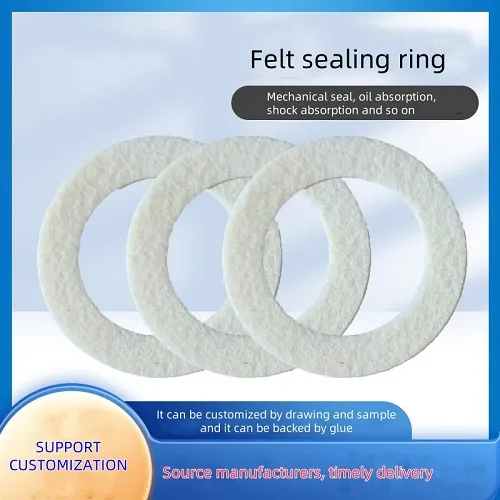felt wheel polishing
The Art and Science of Felt Wheel Polishing
Felt wheel polishing is an essential technique in the world of metalworking and finishing processes. This method utilizes felt wheels, made from compressed fabric fibers, to achieve a smooth and shiny surface on various materials, including metals, plastics, and even wood. This article delves into the intricacies of felt wheel polishing, its applications, and how to achieve optimal results.
Felt wheels come in various sizes and densities, allowing for customization based on the specific requirements of the job. Their unique structure enables them to hold polishing compounds, which are crucial for effective polishing. These compounds can range from abrasive pastes to finer polishes, tailored to the type of material being worked on and the desired finish. The choice of compound plays a pivotal role in the quality of the final surface.
One of the primary benefits of felt wheel polishing is its ability to produce a high-gloss finish. This is especially important in industries where aesthetics are as crucial as functionality. For instance, in the jewelry-making sector, achieving a mirror-like finish can enhance the appeal of the final piece. Similarly, in automotive and aerospace applications, where parts must not only perform efficiently but also look impeccable, felt polishing is the go-to technique.
felt wheel polishing

The process of felt wheel polishing begins with selecting the right wheel and compound. Once these choices are made, the piece to be polished is secured, and the felt wheel is set to rotate at an appropriate speed. As the wheel comes into contact with the item, the friction generated helps to remove imperfections and scratches while simultaneously applying the polishing compound. This combination results in a refined surface, showcasing the material’s natural luster.
Safety is a paramount consideration in any polishing operation. Operators should wear protective gear, such as goggles and gloves, to guard against debris and harmful substances often found in polishing compounds. Additionally, proper ventilation is crucial to avoid inhaling any dust produced during the operation.
Felt wheel polishing can also be scaled for various applications. While small workshops may employ handheld tools, larger industrial settings often use automated machines for efficiency and consistency. This versatility allows businesses of all sizes to benefit from the advantages of felt polishing.
In conclusion, felt wheel polishing is a sophisticated process that combines art and technology to produce remarkable finishes on a range of materials. Its ability to generate a high-quality gloss finish makes it invaluable in many industries. With the right equipment, compounds, and techniques, practitioners can harness the full potential of felt wheel polishing, elevating their projects to new heights of excellence. As technology progresses, the refining processes will continue to evolve, further enhancing the capabilities of felt wheel polishing in the future.
-
What Makes Felt a Great Choice?NewsNov.19,2024
-
Total Mixed Ration (TMR) Feed for CattleNewsNov.19,2024
-
The Ultimate Guide for Felt Polishing WheelsNewsNov.19,2024
-
Industrial Felt for Various ApplicationsNewsNov.19,2024
-
Felt Makeup Bags and Inserts BagsNewsNov.19,2024
-
Choosing the Right Hotel TowelsNewsNov.19,2024
-
Your Go-To Guide For Affordable Wholesale Wool FeltsNewsOct.31,2024







